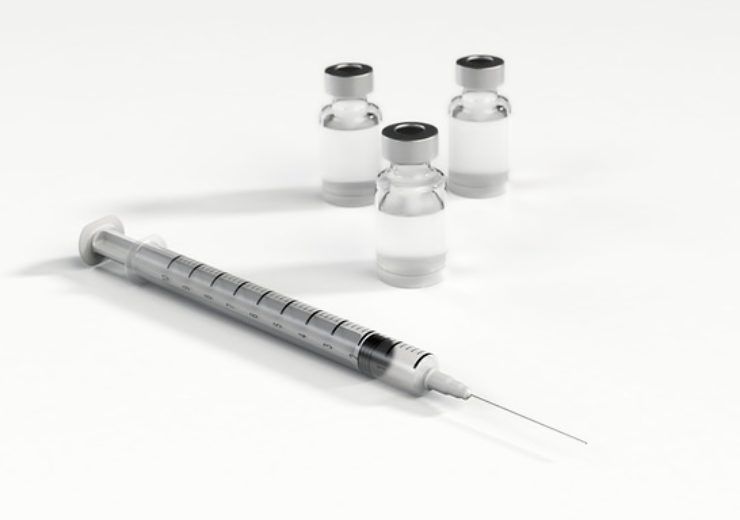Allergan said that the FDA has granted the approval based on a Phase 3 study that evaluated the safety and efficacy of BOTOX in more than 300 paediatric patients

Image: Allergan secures FDA approval of BOTOX for spasticity. Photo: Courtesy of Arek Socha from Pixabay.
Irish pharmaceutical firm Allergan has secured the US Food and Drug Administration (FDA) approval for its supplemental Biologics License Application (sBLA) for BOTOX.
The FDA approval allows the company to use BOTOX for the treatment of lower limb spasticity in children and adolescents aged two years to 17 years, excluding spasticity caused by cerebral palsy (CP).
Allergan chief research and development officer David Nicholson said: “Lower limb spasticity can impact many aspects of a child’s life and have a drastic influence on their overall development and quality of life. This milestone will continue to support and advance care for children and their caregivers who may be struggling with lower limb spasticity.
“Here at Allergan, we look forward to continuing to highlight our unwavering attention to innovation and build on our 30-years of research and development efforts with BOTOX since FDA approval of blepharospasm and strabismus in 1989.”
FDA approval is based on a Phase 3 study of BOTOX
Spasticity is a neurological condition characterised by muscle stiffness resulting in tight upper and lower limb muscles that can interfere with movement. The FDA approval marks the 11th BOTOX therapeutic indication 30 years after the approval for first indications.
BOTOX is a prescription medicine, administered through an injection into muscles for treating increased muscle stiffness in children and adolescents aged two to 17 years with upper limb spasticity.
Allergan said that the FDA has granted the approval based on a Phase 3 study that evaluated the safety and efficacy of BOTOX in more than 300 paediatric patients aged two to 17 years old, undergone treatment for lower limb spasticity.
The regulatory approval recommends four units per kg to eight units per kg dose per treatment session, divided among affected muscles of the lower limb, ensuring the total dose per treatment session in the lower limb does not surpass eight units per kg.
In addition, while treating either lower limbs or a combination of upper and lower limbs, the total dose should not exceed 10 units per kg body weight or 340 units, within a period of three months.
Gillette children’s speciality healthcare paediatric rehabilitation medicine specialist Mark Gormley, Jr. said: “Paediatric lower limb spasticity inhibits normal muscular movement and function and can result in delayed or impaired motor development, as well as difficulty with posture and positioning.
“BOTOX has a well-established safety and efficacy profile, and supports children and adolescents successfully manage both their upper and lower limb spasticity.”
